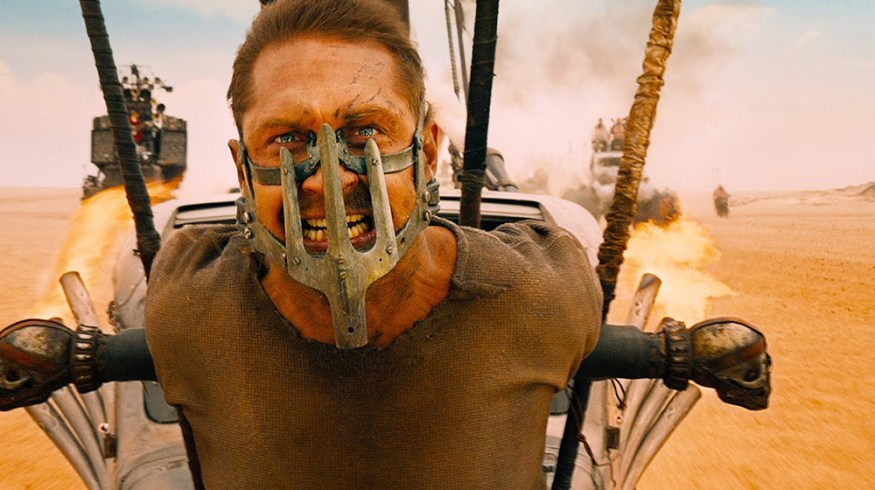
Capture Intense Cinematic Action With High Shutter Speed
High shutter speed is the secret ingredient of thrilling action cinematography. Here’s everything you need to know about the technique.
Have you ever watched a war film or an action film and wondered why certain scenes look so clean and intense? Why certain scenes have an almost raw sharpness to them? It’s hard to explain — but you know it when you see it. This look is usually achieved one of two ways: high frame rate or high shutter speed.
We’ve written about the use of high frame rate in film and video production before. Now let’s turn our attention to high shutter speed. Here’s a video from Story & Heart (via Vimeo Video School) that covers the differences between high shutter speed and high frame rate.
The basics: higher shutter speeds introduce less light to the sensor. As less light is introduced, less motion blur is seen. This gives the footage a look of hyperreality. A sharpness and crispness that almost overwhelms your brain. Before we dive deeper, let’s look at the differences between capturing high shutter speed on a video camera versus a cinema camera.
Shutter Speed vs. Shutter Angle
Shutter speed is calculated by fractions (speed) in video cameras such as DSLRs. In cinema cameras, it’s calculated in degrees (angles). Look at it like this: if you have a 1/50 shutter speed in a DSLR camera, that same shutter in a cinema camera would be a 172.8 degree shutter angle. Pro Video Coalition has a great breakdown on how to get an accurate calculation of both shutter speed and shutter angle.
Here’s a quick and easy conversion chart from the article. The numbers below show the shutter equivalent between speed and angle.
- 1/32 = 270
- 1/48 = 180
- 1/50 = 172.8
- 1/60 = 144
- 1/96 = 90
- 1/120 = 72
Live Sports

Image via Shutterstock
Sports videography might be the one area of the media industry where high shutter speed is used most. From the NFL to Red Bull Action Sports, high shutter speed is ubiquitous in the sports world.
The technique ensures that audiences feel they’re missing none of the action on the field of play. Every moment and move is captured without motion blur, as seen in this (sadly non-embeddable) cinematic look of Super Bowl 50 from the NFL.
Film and Television
High shutter speed really took hold of audience imaginations in the late 90s, thanks to Steven Spielberg and cinematographer Janusz Kaminski. Their use of the technique to vividly capture the horrors of World War II in Saving Private Ryan was a watershed moment.
Video via Movieclips
Because they used a high shutter speed (or, rather, a low shutter angle), every second of the action is crystal clear; there’s no motion blur to diffuse the image. This technique was replicated only a few years later in Ridley Scott’s blockbuster, Gladiator.
Cinematographer John Mathieson used the technique to elevate the intensity of violence to another level.
Video via Movieclips
Perhaps the best recent application of the technique is found in Mad Max: Fury Road. Director George Miller and cinematographer John Seale used high shutter speed — in conjunction with speed ramping and frame speed — to create a truly frenetic experience.
Video via jenjaesx
Always consider your motivation when using high shutter speed. Sure, you can use it simply because it looks, well, cool. But using it to transform a viewer’s experience into something more immersive is even better.
Using high shutter speed can really give you a powerful image. Putting substance over style and having proper motivation will prevent you from wearing out your audience’s senses.
Have you had success working with high shutter speed? Do you enjoy seeing this technique in film and television? Share your thoughts in the comments below.





